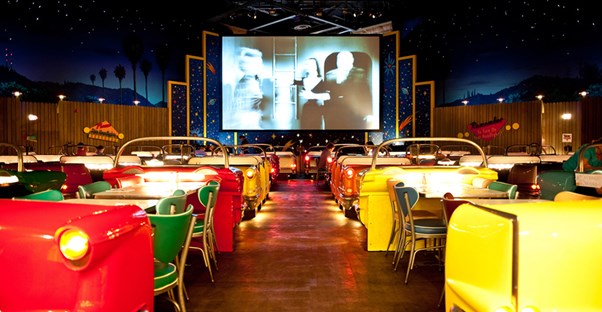From grab-and-go snacks to dinners in the castle, when you buy food at Disney World it is guaranteed to cost a pretty penny. With their new dining plan options, is the park helping families save a few bucks, or are they increasing the cost of food even more?
One of the many perks of staying at a Disney Resort hotel is the option to add a Disney Dining Plan (DDP) to your travel package. DDPs are meal credits that are paid for upfront to give your trip an additional all-inclusive feel. The credits can be used to pay for snacks, entrées, and character meal experiences during your stay. When used wisely, DDPs can save families a bundle on food.
The Most Common Disney Dining Plans
There are five DDP options (Quick-Service, Standard, Deluxe, Premium, and Platinum); however, the Quick-Service, Standard, and Deluxe plans are the most popular choices, as well as the most economical ones. Kids under 3 don’t require a meal plan.
- Quick-Service Plan
The Quick-Service plan includes two quick-service credits and one snack credit per person for each night of stay for the length of your visit. - Standard Plan
The Standard plan includes one quick-service credit, one table-service credit, and one snack credit per person for each night of your vacation. - Deluxe Plan
The Deluxe plan includes three meal credits and two snack credits per person for each night you stay at the park. Deluxe credits also earn guests an appetizer when they eat at table-service restaurants.
All of the plans include a mug for each person in the visiting party which can be refilled at any Disney Resort hotel. Plan credits are loaded onto each individual’s MagicBand, Disney’s multipurpose wrist passes that serve as your room key, credit card, and even your FastPass if you register for one. MagicBands activate immediately following check-in. All credits not used during one’s stay expire at midnight on the night of checkout.
Not All Credits Are Equal
Meal credits are separated into three distinct types based on the style of the food venue and how each serves its food.
- Quick-Service Credits
Quick-service credits are redeemable at cafeteria-style or counter-service food places in exchange for one entrée, a non-alcoholic drink, and dessert. (Breakfast entrées do not come with dessert at any Disney restaurant.) Like a fast food restaurant, guests collect their food and seat themselves. - Table-Service Credits
Table-service credits are redeemable at sit-down venues in which a server will cater to your table. As for all the plans, gratuity is not included unless otherwise specified. For MagicBand users, an automatic 18% tip will be added to your overall bill for parties of six. - Snack Credits
Snack credits can be used on a variety of food items from coffee to fruit, which are labeled with a nice purple DDP logo.
Are Dining Plans Worth It?
In order to break even with plan costs, you should trade your credits for the most expensive meals on the menu everywhere you go as often as possible. That means $18 quick-service meals, $37 table-service meals, and $5 snacks, at a minimum, according to Disney expert Shannon Albert from WDW Prep School.
Where Disney Dining Plans really come in handy is if you're hoping to schedule character meals. Once you schedule your stay, you can start reserving tables up to six months in advance to make sure you’ll really get the most bang for your buck. MagicBand wearers will have a leg up on making reservations to these unique dining events compared to those who wish to pay out of pocket.
At the end of the day, it all comes down to your dedication to pre-planning the trip. If you are ready to map out your tour plan and make reservations early on, a dining plan might be right for your family. But if you are on a tight budget, remember that Disney World allows coolers full of sandwiches and juice boxes into the park, too.





